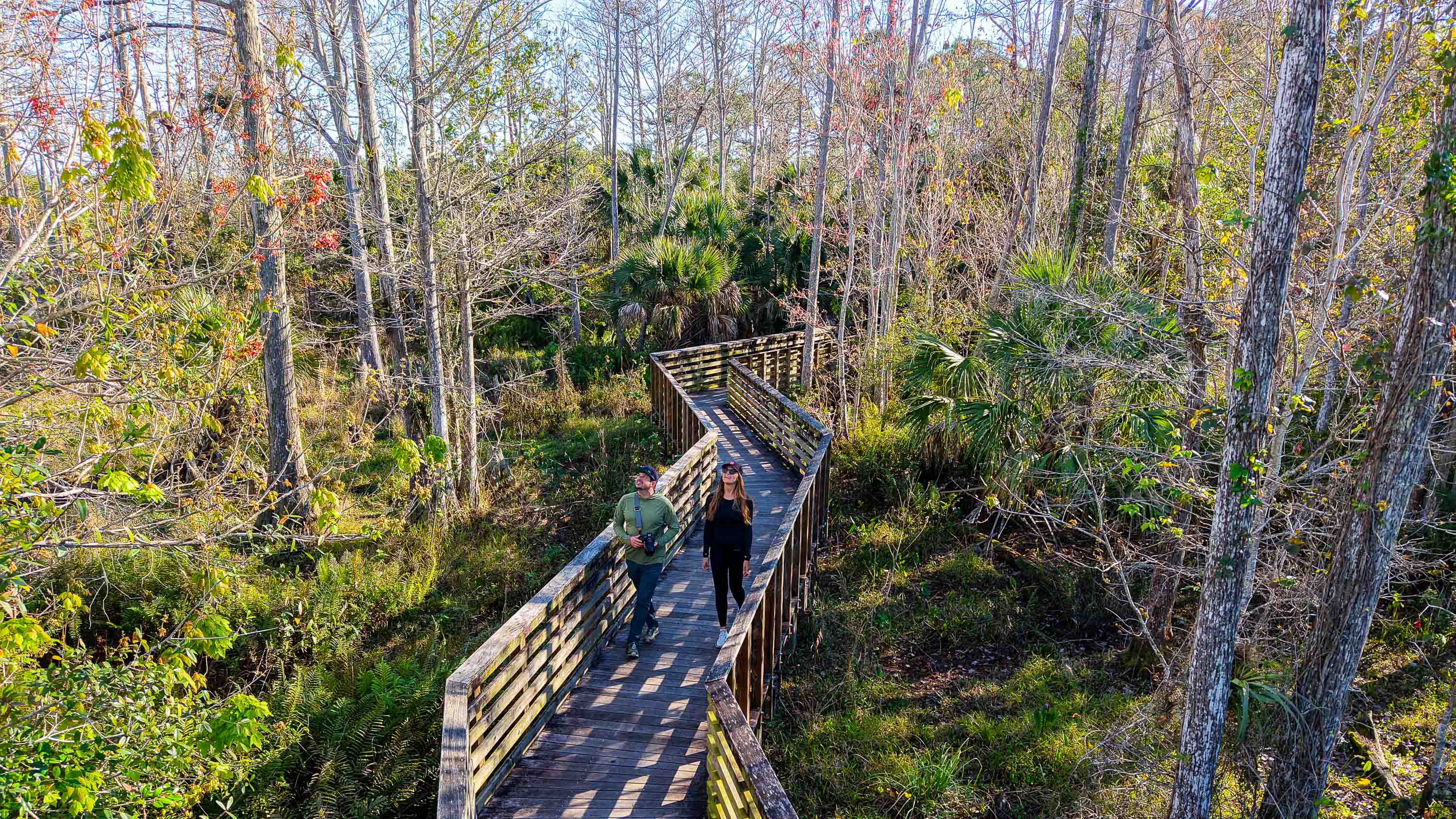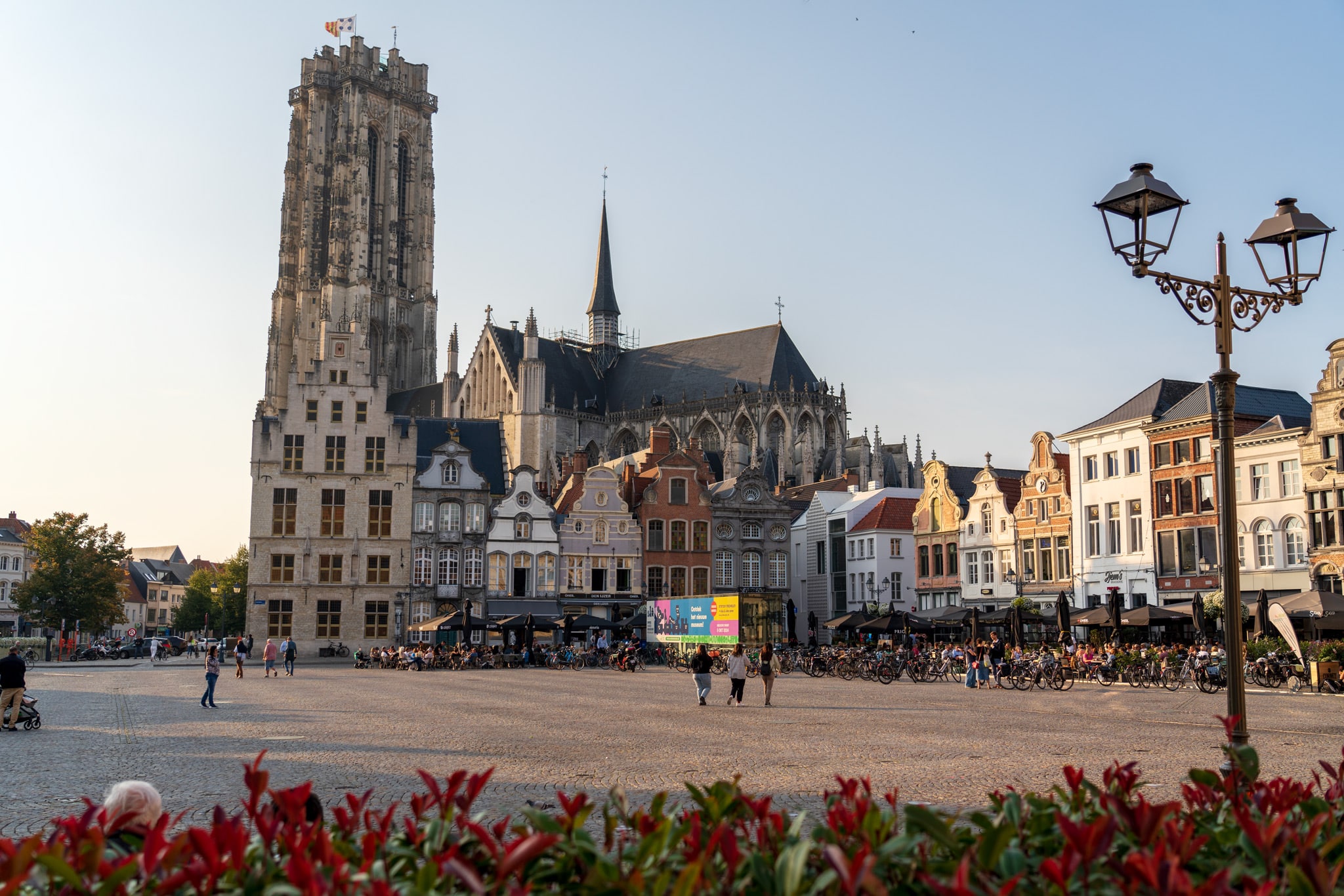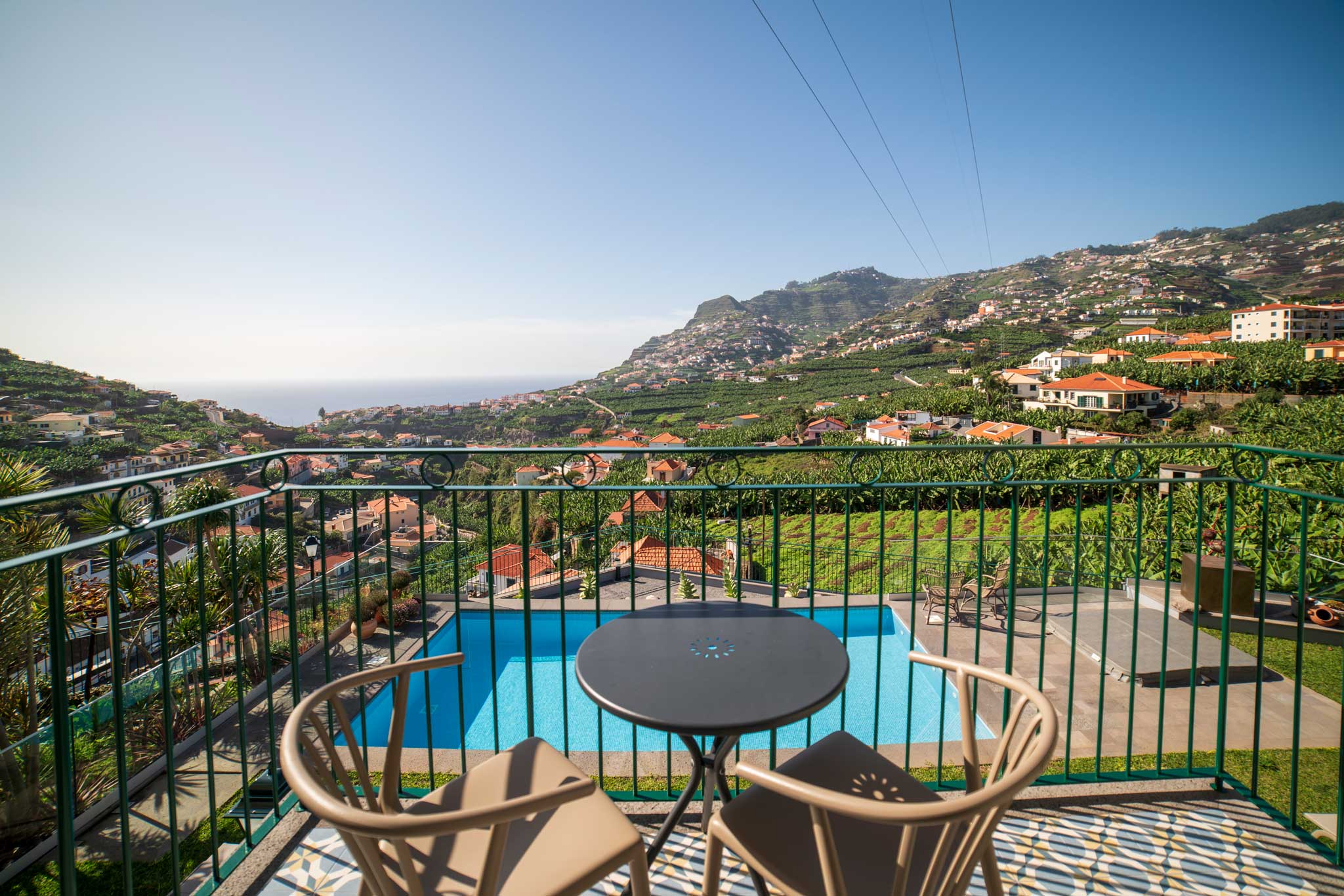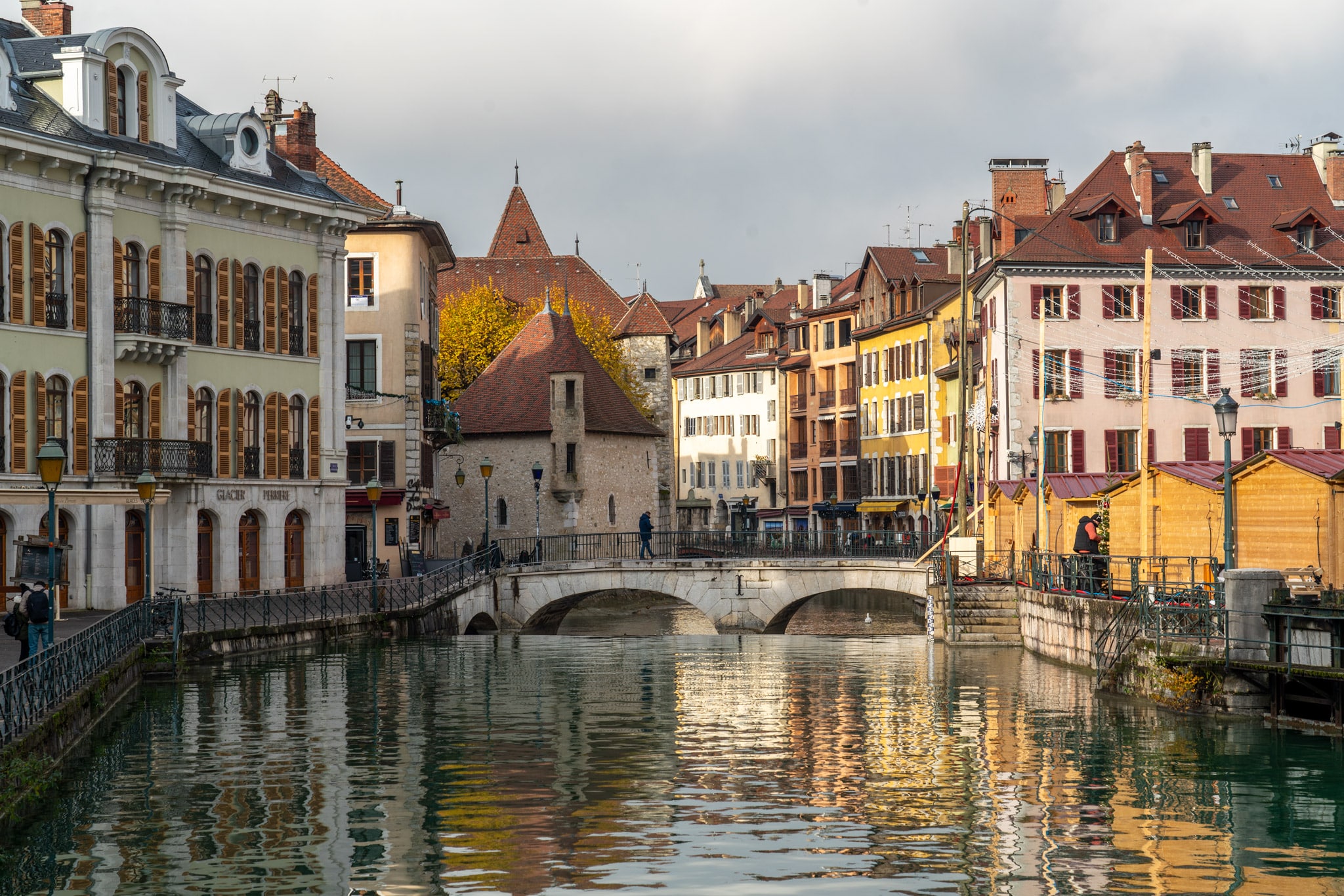How to travel anywhere on a budget
Whether on a jaunt across expensive Scandinavia or making a Southeast Asia adventure stretch, here’s how to travel without draining your savings.

It can be daunting to imagine traveling on a current salary or bank balance, but where there’s a will, there’s certainly a way. These days, seeing the world is not a privilege reserved just for the wealthy, nor is it a backpacker's situation where comfort must be sacrificed. I’ve traveled extensively across 75 countries and counting, doing most of it somewhere along the middle. Years of hustle have brought me to a place where I can explore on a shoestring budget, no matter the cost of living in a destination. It’s all about putting in the prep and being savvy on the ground. Whether you’re on a jaunt across the notoriously expensive Scandinavian region or making a Southeast Asia adventure stretch for as long as possible, here’s how to travel without draining your savings.
1. Outline your trip way before making any bookings
Best for taking advantage of deals
At the concept stage, no bookings need to be made. You’re simply outlining roughly where it is you want to go and how you want to do it. That way, over the next few months, you can keep an eye out for opportunities. That might mean monitoring holiday deals with a select few airlines, or gathering intel from friends that might lead you to switch locations in the itinerary. This waiting game before big ticket items are solidified allows you to take advantage of offers and exercise flexibility to make cost-saving changes as you research.
Put it into practice: When dates are not flexible, planning far ahead means I can still Google track flights and strike when the price dips below average.
Why it works: Extra time allows for the best pricing and situations to surface.
2. Avoid peak season if you can
Best for a crowd-free experience
Peak doesn’t always mean the best time to visit a destination; it just means that’s when it’s the busiest. To avoid crowds and ensure the best prices, travel during the shoulder times. Off-peak may not be too bad either, for example, some ‘rainy seasons’ are an hour or two of downpour, with sunny skies the remainder of the day. Speaking of weather, peak season summer temperatures can be awfully hot and humid. If you’ve ever been to NYC or Rome in July, you’ll know the torture.
Put it into practice: My favorite time to visit Japan is November, when the autumn leaves turn landscapes golden. Cherry Blossom isn’t what it used to be.
Why it works: Businesses remain open after peak season, but charge far less due to demand. 
3. Stay in the suburbs
Best for living like a local
Central locations are great, but you just need a decent place to sleep at the end of the day. Rented accommodation is a chance to live like locals do, taking advantage of local business prices. Most come with their own kitchens and laundry facilities, so you can enjoy home-cooked meals and lighten the luggage load. I’d suggest booking.com over Airbnb for a wider variety of accommodation types, plus free cancellation for flexibility and a Genius loyalty program for perks.
Put it into practice: Rental owners often offer discounts on longer stays. I did a month in Costa Rica, off-peak, for around 30% less than the usual rate.
Why it works: At home, many of us commute into town every day. Doing this abroad saves a fortune.
4. Travel with a companion
Best for sharing the journey
We all know the cost of traveling solo can be just as much as traveling as a pair (also known as the "single supplement"), so to cut the costs literally in half, why not share the journey with a loved one? Not only is it cheaper, but potentially richer when in company. Even if you are traveling solo, pairing with another soloist on excursions, taxis and meals can save you both money. Don’t be shy, say hi and suggest joining forces.
Put it into practice: I have traveled Southeast Asia on two separate extended occasions. Traveling with a partner was significantly cheaper than traveling alone, and best of all, I didn’t stay in hostels.
Why it works: If you’re heading in the same direction or planning on the same activities as someone else, it makes sense to split the cost. 
5. Dine where the grannies dine
Best for authentic cuisine
I hate to stereotype, but on my travels, I’ve discovered that granny always knows the best places to eat. Little old ladies in Southeast Asia, Eastern Europe and Latin America seem to congregate at hole-in-the-wall eateries serving authentic, local grub, at a price that’ll make you gasp (in a good way). You may not have any idea what the restaurant is called, and they’re certainly not on any listicle or TikTok account, but trust the granny and you’re rewarded in bargain deliciousness.
Put it into practice: I stayed in Dongdaemun, Seoul and followed gray-haired old ladies to the most incredible Bulgogi and Kimchi-guksu I’ve had in my life…without the viral price tag.
Why it works: Businesses rip off influencers, not grannies.
6. Ask for to-go boxes at breakfast
Best for day trip lunches
If breakfast is included in the room rate, don’t skip it; load up on the most important meal of the day, or ask for a box to go. This is handy if you’re on a day excursion where the only options for lunch are stale gas station sandwiches. Alternatively, try the Too Good To Go app, which partners with local hotels to sell leftover breakfast items for as little as $5.
Put it into practice: To save time before an early excursion, I asked for a breakfast box in Iceland and enjoyed it come lunch after napping on the coach all morning.
Why it works: A $10 gas station sandwich will never compare to a free sausage wrap from a hotel buffet.
7. Make the most of your carry-on
Best for traveling light
Budget airlines charge hefty fees for checked baggage, sometimes as much as the flight itself. Consider sticking to a carry-on for the trip, especially if you have laundry facilities at your destination. Choose neutral colors and wear a pair of versatile shoes. The added bonus is you don’t have to wait for the luggage upon arrival, and there’s no chance of it getting lost since it’ll be with you the entire journey.
Put it into practice: I traveled Eastern Europe for three weeks with only a carry-on with no issues.
Why it works: $50+ for a checked bag per flight on a multi-route trip soon adds up. 
8. Prioritize public transport
Best for exploring and traveling between big cities
Taxis, rideshares and rental cars will quickly eat up a travel budget. In most developed big cities outside America, public transport is fast, reliable and inexpensive. Plus, with Google Maps, you don’t have to rely on asking for directions. Read up on using public transit so you’re ready from the airport on in, and also utilize public transport for long distances between those major cities.
Put it into practice: I copy the locals, so when public transport is their preferred mode, I make it mine, too.
Why it works: Public transport usually costs a fraction of a car journey.


















































































































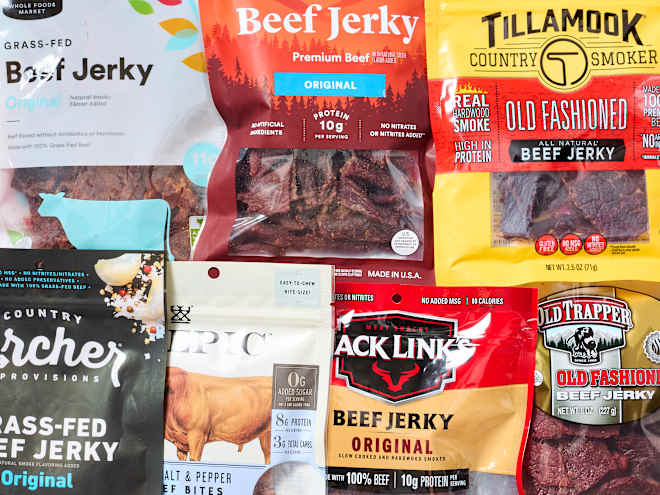






















/33901f8b-dab8-4ac5-8d01-7bf897aa6a96--2015-0122_chocolate-dump-it-cake_james-ransom_008.jpg?#)














































































